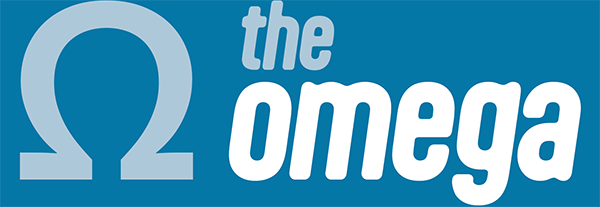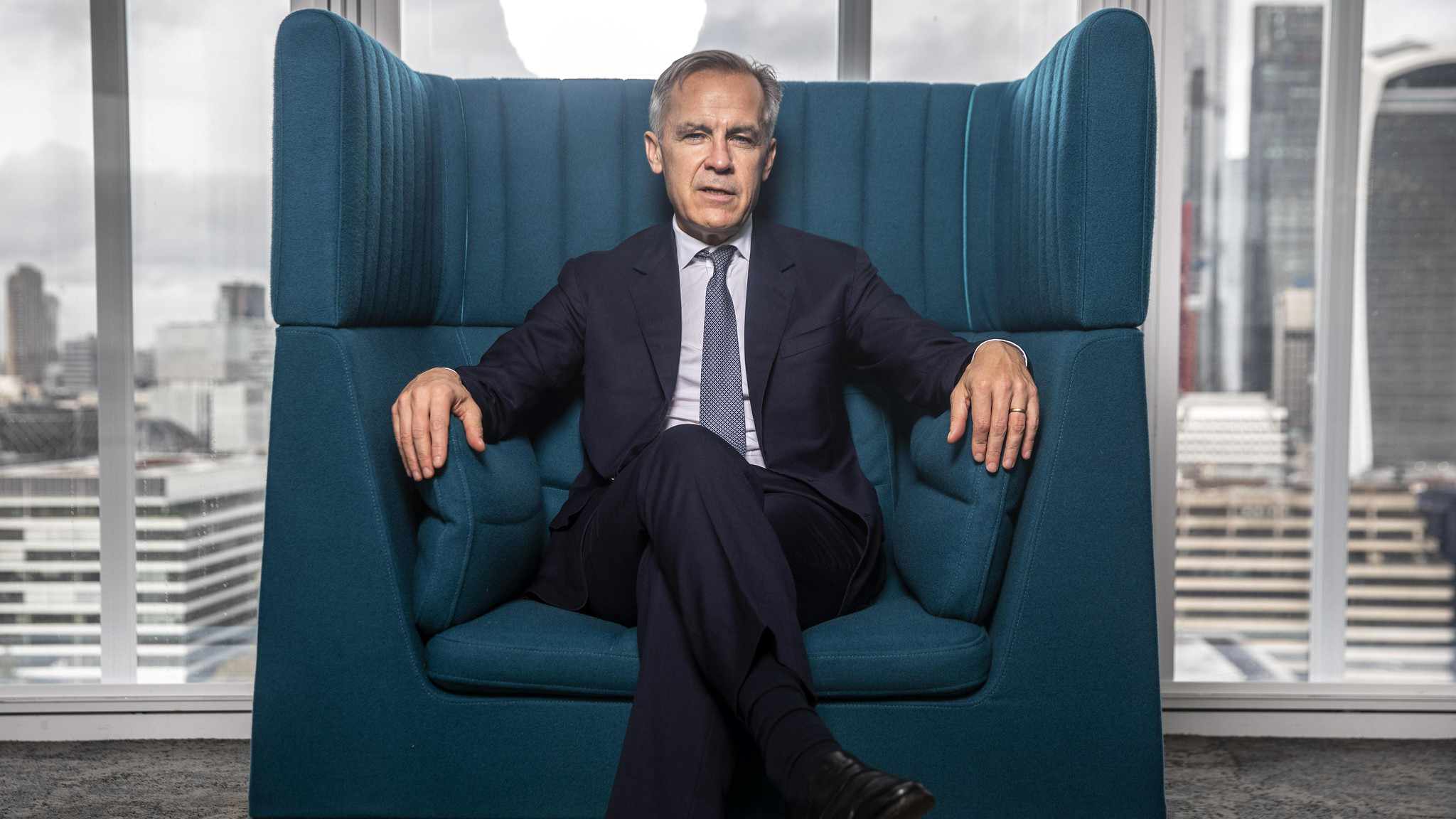On March 9, Mark Carney won the Liberal leadership race, earning himself the title of party leader and Prime Minister-designate.
Carney, who rose to prominence for his background in banking, replaced Justin Trudeau as the previous party leader following the Sunday results.
The new leader of the Liberal party defeated his leadership race opponents, Chrystia Freeland, Karina Gould and Frank Baylis by wide margins earning the nod on 86 per cent of the ballots cast.
Party leadership races are decided by registered party members. According to the Liberal Party of Canada website, approximately 400,000 people registered, but less than 200,000 cast their ballots.
This leadership race carried extra weight.
In Canada’s parliamentary democracy, the leader of the party with the most seats in the House of Commons is the Prime Minister. Currently, the Liberal Party of Canada has the most seats, with 153 of 338 — enough for a minority government, meaning that their leader earns that top spot in the Canadian government.
When Trudeau announced his intent to resign as Liberal leader and Prime Minister on Jan. 6, the unique process leading to Carney becoming the 24th Canadian Prime Minister began.
But who is Mark Carney?
Born in Fort Smith, N.W.T., a small town with a population of less than 2500, Carney is the first Prime Minister born in a Canadian territory instead of a province. He was raised in Edmonton, Alta., and has an extensive educational background.
Carney earned his undergraduate arts degree at Harvard University before pursuing a Master’s and PhD in economics at the University of Oxford.
From there, he became a banker, eventually joining the Bank of Canada in 2003. Five years later, he was named governor of that institution, overseeing the bank throughout the 2008 financial crisis.
In 2013, he hopped countries to become Governor of the Bank of England. Carney, the only person in history to hold both roles, held the position until 2020.
Since then, his most notable Canadian endeavours have come in his unofficial advisory role to Justin Trudeau.
“Big change” incoming
“I will work day and night with one purpose: to build a stronger Canada for everyone,” Carney said during his March 9 speech, laying out the foundation for his plan as he takes office.
“My government will put into action our plan to build a stronger economy, to create new trading relationships with reliable partners and to secure our borders. To be clear, this will require change. Big change,” Carney said. “People want change because they’re worried. They’re worried about the cost of living and the housing crisis. They’re worried about the future of young people. And they’re worried about the future of Canada in the face of threats from President Trump and a more divided and dangerous world.”
“I’m a pragmatist above all, and that means when I see something that’s not working, I’ll change it,” Carney said.
Donald Trump and the ongoing United States tariff war will be front and center in Carney’s mind as he takes over.
On March 14, Carney will be sworn in as Canada’s next Prime Minister.

